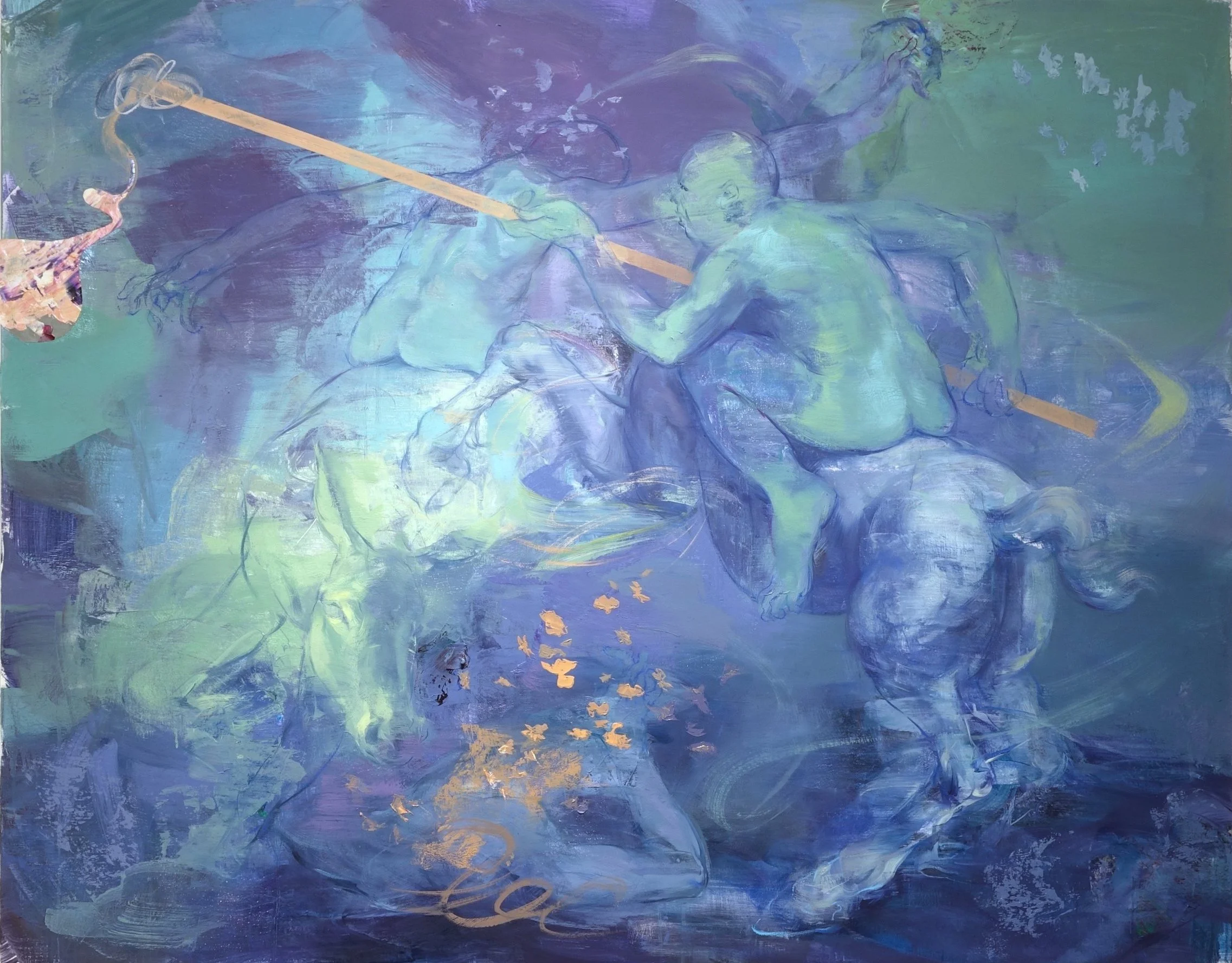10 Questions with Jérémy Bergeaud
Architect and designer by profession, Jérémy Bergeaud considers himself, above all, a passionate builder in the broadest sense. Since always, he has created and experimented with shapes and materials.
His research work mainly revolves around the quest for meaning in our actions and consumption, with particular attention to the excessive use of resources and the amount of waste we generate. More broadly, he questions this system that enslaves us without making us happier.
Jérémy Bergeaud - Portrait
His work is organized around two main axes: recycling and waste recovery and the design of objects that no longer produce harmful materials for the environment.
His projects have led him to discover many unique skills and initiatives. Recently, he collaborated with artisans from around the world who transform plastic bag waste into fabric using a unique technique. Adhesive tape, or "scotch," generally considered a consumable item, has become a symbol of his work.
Scotch painting #3 © Jérémy Bergeaud
INTERVIEW
Let's talk about yourself first. Why are you an artist, and how did you become one?
I think I had a hard time considering myself an artist. Initially, I saw this activity more as experimentation, which was an essential approach to innovation. For as long as I can remember, I have been imagining forms or objects that I need to bring to life, and this has never stopped evolving. I believe it is a quest for meaning and story.
As you mention in your biography, you are an interior architect and designer by profession, but you also work as a visual artist. What inspired you to follow this path? And how would you define yourself as an artist?
Due to my broad activities, I think I can summarize my expertise as construction in the broadest sense, where art is an integral part of these explorations. I try to bring a bit of emotion to the technique. Therefore, I position myself between an artist and a designer.
© Jérémy Bergeaud
Does your work as an artist reflect that as a designer? Or do you find that your practices are independent and not related at all?
Everything is connected. The work on patterns initially started with wood, then evolved into abstract adhesive paintings, and ultimately served as inspiration for fabric patterns. I see my artistic work as research or a prototype, which allows me to develop a methodology or a development of forms and techniques that later enrich my architecture or design projects.
As an artist, you work on 2D pieces that can be assimilated into paintings and posters. Why did you choose this medium specifically?
I never had a particular desire to develop in this specific medium; it was a set of constraints that directed me towards this material. In the end, I find it quite amusing to enhance a material that is supposed to be disposable.
And how did you come up with the idea of using scotch and adhesive tape for your pieces?
Initially, I wanted to develop layouts of wooden objects while keeping a raw aspect. After many attempts with machines, I finally used the stencil technique with adhesives, covering the parts I didn't want to paint. I simply reused these adhesives to create new collages. In the end, this fully aligns with my quest for meaning and the revalorization of our waste.
Damier magique © Jérémy Bergeaud
Scotch painting #2 © Jérémy Bergeaud
How do you create the patterns for your artworks? Do you have any specific references in mind, or do they stem from random assemblages?
I follow my current inspiration and aesthetic coherence. But I think I have an obsession with grids.
Can you tell us about your whole creative process? How do you go from the first idea to the final outcome?
Once the idea is there, the work mainly resides in improving the technique and materials. In the first works, adhesive was painted on paper. This remained very fragile, so I moved on to using pieces of panels recovered from the street or my workshop. Now, I buy adhesives often reserved for the industrial and construction sectors. Everywhere I go, I try to find new patterns and colors.
Ultimately, what messages are you trying to communicate with your art? And what do you think differentiates your approach from others?
I don't know what sets me apart from others, but I try to follow my instincts. My approach aims to explore the irrational aspect of our society regarding consumption and waste creation, especially plastic. For me, it is a necessity to rethink these things.
Mini scotch © Jérémy Bergeaud
How has your art evolved over the years? Is there anything else you would like to incorporate into your practice?
I would say it becomes clearer over time because the initial intention was very vague. I am increasingly putting my convictions into what I create. I imagine infusing even more activism into my work in the coming years.
And lastly, what are your plans for the future? Do you have any exhibition or collaboration you want to share with our readers?
I was able to showcase some of my works during the Milan Design Week 2024 at LABO. Now, I wish to pursue residencies to further my research and then integrate galleries or create editions of objects while incorporating my vision of a more ecological, social, and sustainable design.
Artist’s Talk
Al-Tiba9 Interviews is a promotional platform for artists to articulate their vision and engage them with our diverse readership through a published art dialogue. The artists are interviewed by Mohamed Benhadj, the founder & curator of Al-Tiba9, to highlight their artistic careers and introduce them to the international contemporary art scene across our vast network of museums, galleries, art professionals, art dealers, collectors, and art lovers across the globe.





















